Meet
Asterisk IOT

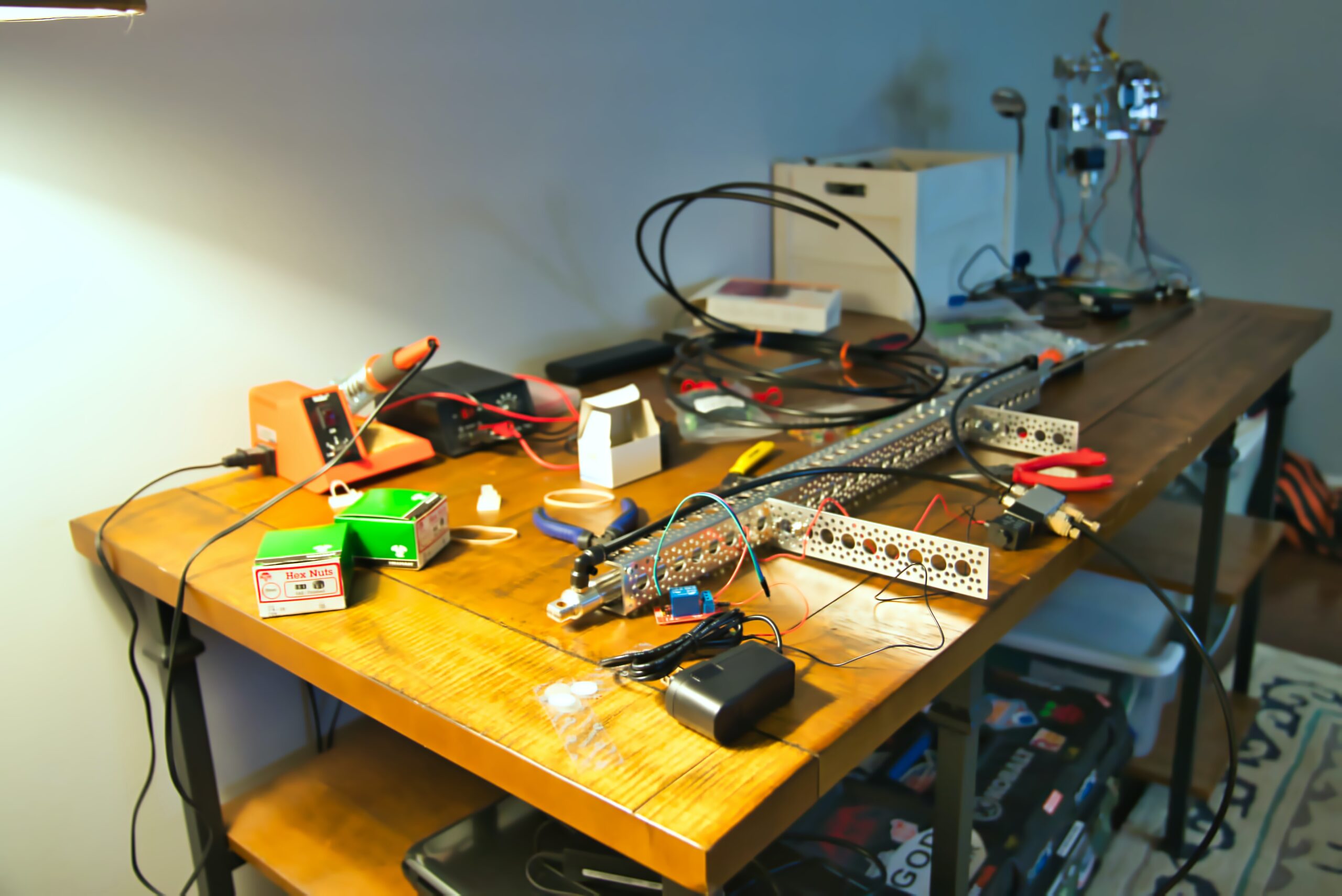

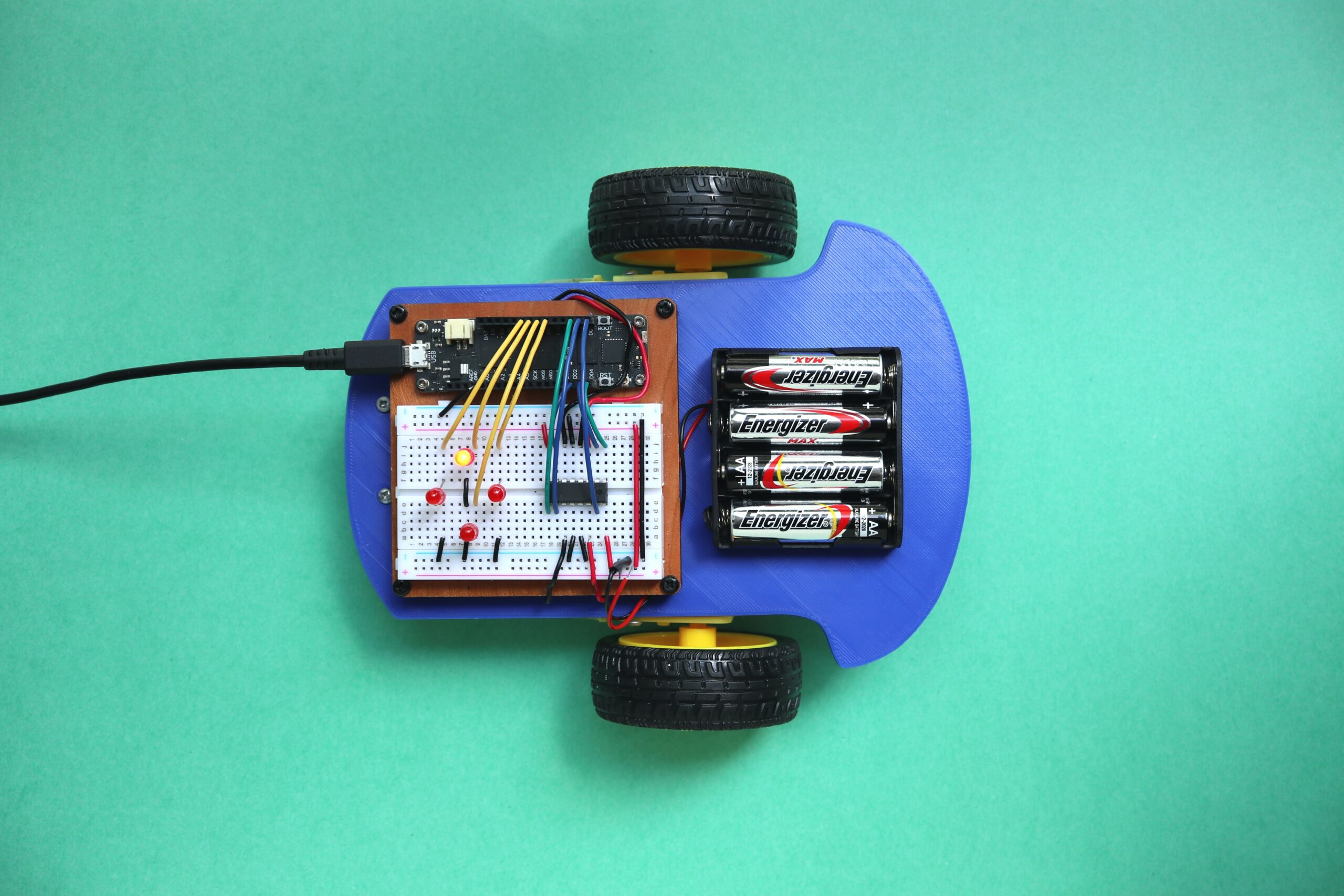
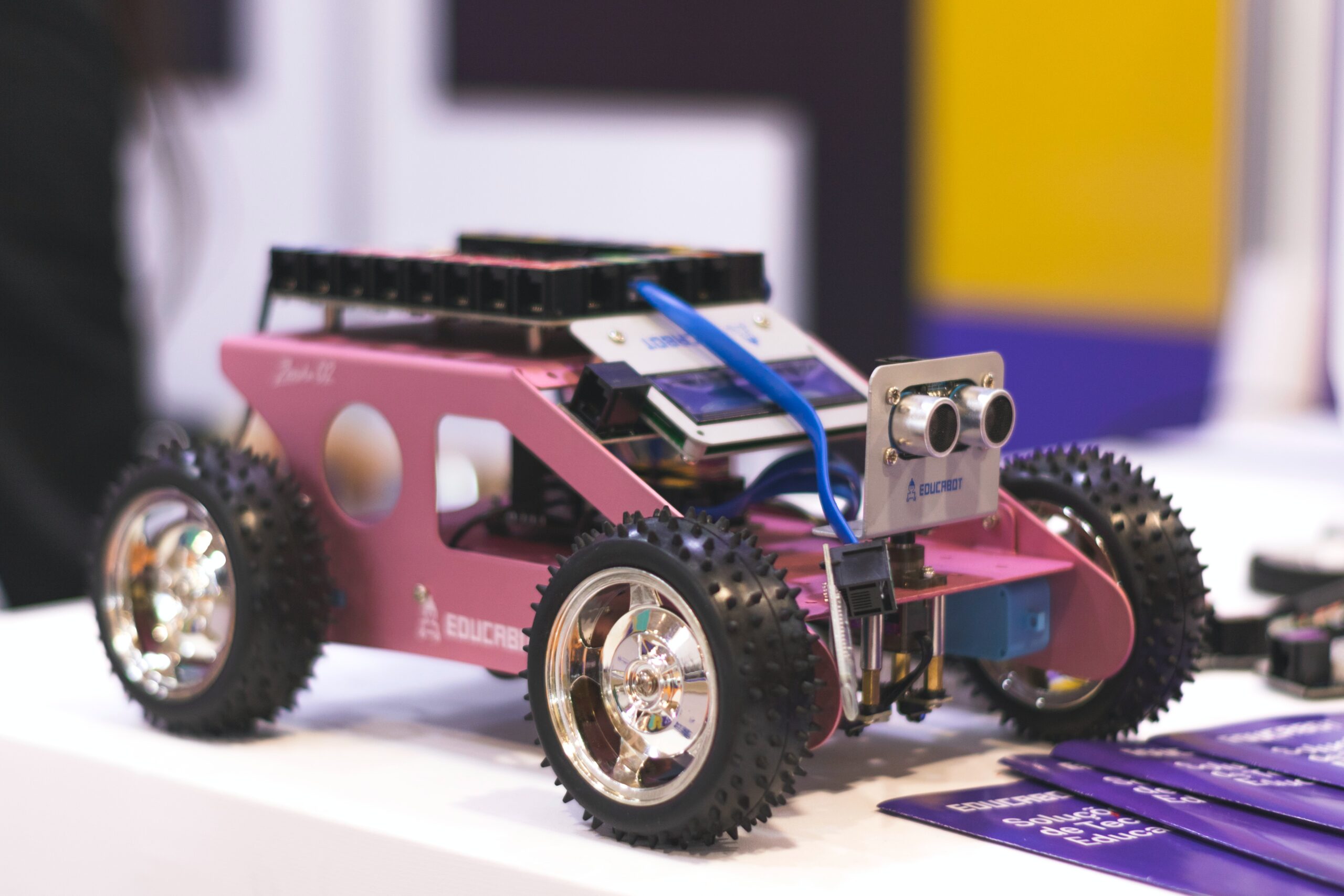
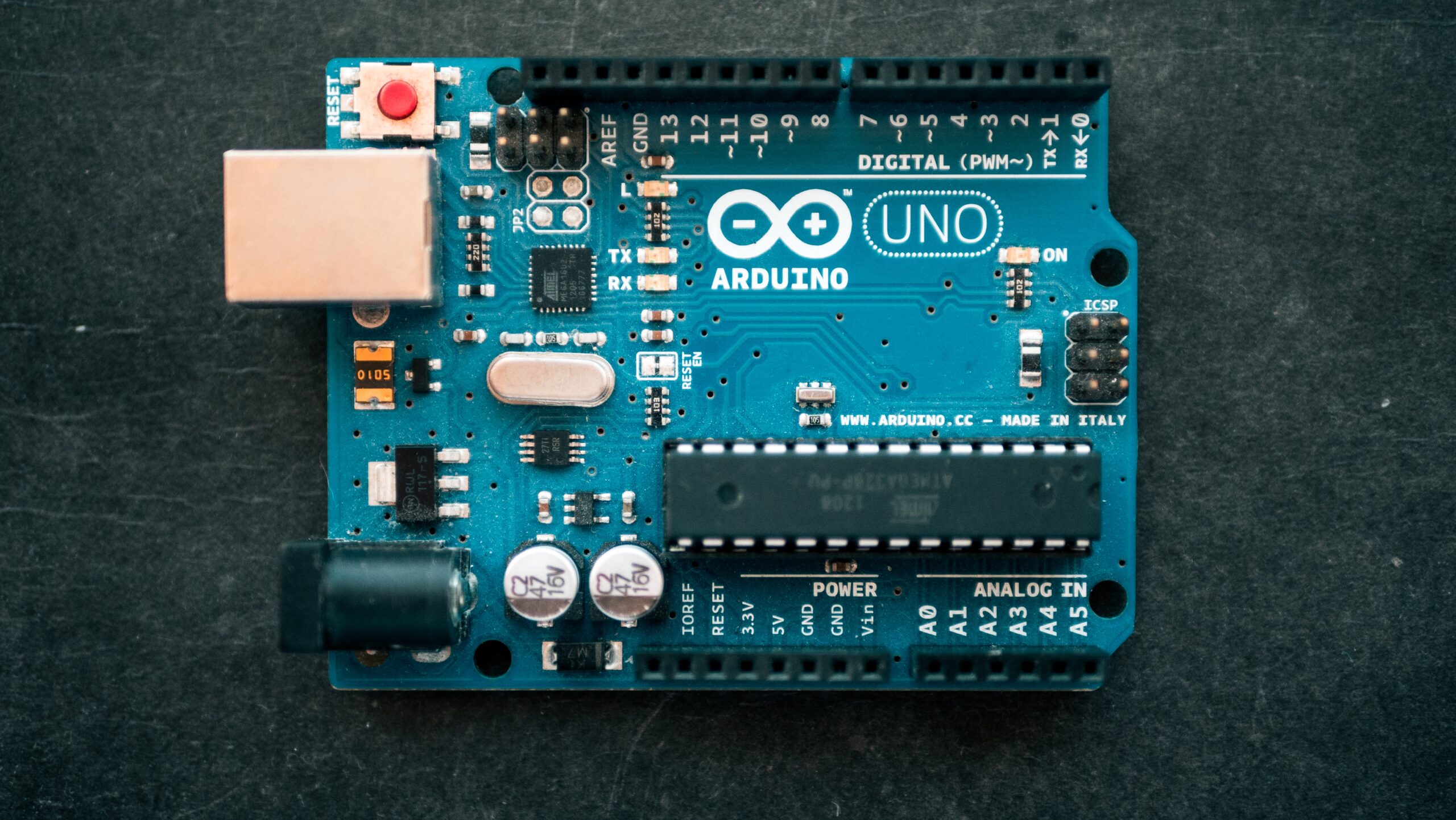


Connect to Wifi
WiFi is the most widespread technology used globally allowing for unprecedented connectivity across billions of devices. With WiFi the true potential of IoT can be fully realised.
Notification in one call
Customize and set up sensor based alert system to notify key stakeholders when readings go beyond optimum range.
Set Sensor On The Fly
Sensors play a very important part in creating solutions with the help of IoT. Sensors are devices that detect external information, replacing it with a signal that machines and humans can distinguish.
GPS Any Time
IoT monitors the objects and hardware to give the real-time information and data about a device operations, while GPS provides the physical coordinates of the object or hardware. Both the systems working in tandem, form the foundation for innovative products.

A trusted automated system

History of IOT
The Internet of Things, or IoT as its called, is merely the concept of connecting devices with the internet.
The concept of connected devices dates back to as early as 1832 when the world’s first electromagnetic telegraph was invented, which enabled communication between two machines through the transfer of electric signals. IoT started to develop only in late 1960s after the invention of internet.
Later in the year 1982 the concept of the network of SMART devices was discussed and a coca-cola vending machine was modified and installed at an American university which was able to report its inventory and whether the newly loaded cans were cold enough or not. It was done by integrating the micro switches into the machine with the then form of internet which was still in its early days. This invention was breakthrough and fostered further studies in the field of IoT and the development of interconnected devices across the globe. Similarly in the year 1990, a toaster was connected to the internet using TCP/IP protocol for the very first time. In 1991 scientists came up with the idea of using web camera prototype to monitor the amount of coffee available in their local computer lab’s coffee pot. They programmed the webcam such that it took pictures of the coffee pot three times a minute, then send the images to local computers, thus allowing everyone to see if there was coffee available in the pot.
The most significant breakthrough in the history of IoT came in the year 1999 when a visionary Kevin Ashton gave a presentation at P&G where the IoT technology was described by him which connected several devices with the help of RFID tags for supply chain management. Thereafter many technological advancements were done.
In the year 2000 a refrigerator was introduced by LG Electronics that allowed its users to shop online and make video calls. In year 2005 a rabbit shaped robot, Nabaztag, was created which was ahead of its time and capable of telling stock market changes, latest news and weather forecast. It anticipated that by the end of 2022 there will be more than 60 billions devices connected through IoT

What is IoT
A trusted automated system
The Internet of Things, or IoT as its called, refers to the concept of connecting any device with the internet. It is a vast network of connected devices which are embedded with software, sensors and other updated technologies. These are used for connecting with other devices and exchanging data over the internet.
IoT basically refers to the growing no of digital devices which are in millions and billions and which can be connected with each other and can be controlled and monitored remotly.
The biggest advantage of using IoT is that we can know things in advance. Preventive measures can be taken rather than reactive.
How does IoT works!

A complete IoT system integrates four different components : sensors/devices, data processing, connectivity and user interface.
To begin with, firstly, the sensors/devices collect the data from their environment (as simple as a temperature reading). Next the data is send to the cloud through a medium like cellular, bluetooth, or connecting to the internet. Once the data is uploaded onto the cloud, the software performs the processing part. Once its completed the information is shared with the end user by means of alert on mobile, emails, etc., However, it’s not always a one-way street. Depending on the IoT application, the user may also be able to perform an action and affect the system. For example, the user might remotely switch on/off the home appliances via an app on their phone. Some actions are performed automatically as per the predefined rules.
Internet of Things (IoT)
The low cost affordable and reliable sensors and other hardwares are making to implement IoT technology on vast scale. A host of network protocols has made it easy to connect with the easily available cloud platforms for data storage/transfers. Technological Advances in neural networks have brought natural-language processing (NLP) to IoT devices and made them affordable, appealing, and viable for industrial/home use.

Smart home
A smart home basically consists of wireless control and operation of all home appliances like fridge, television, fan, AC, ovens, camera, etc., which are capable of communicating with each other. A smart home increases the comfort level and quality of life. An application on a smartphone is used to have control and monitor the functioning of all the home appliances. All these devices when connected with internet, are part of Internet of Things or IoT in short. The popularity of smart home concept is growing rapidly and even residents of tier II cities are adopting it.


Smart City
As urbanisation has increased multiple folds in the past some years, many cities are turning to advanced technologies to help them manage the limited resources. IoT devices are used in SMART cities to collect and analyze various kinds of data and use it to improve the public utilities and services, infrastructure and many others. These cities could provide premium lifestyles for its residents. Some of the most popular SMART city technologies are SMART Grids, SMART Air Quality Monitors, SMART Transportation, SMART Waste Management Solutions.
Smart Agriculture
More than half of India’s population depends on agriculture and it plays a vital role in the overall development of our country. IoT based agriculture is very useful to farmers and provides meaningful data to them on moisture, humidity and temperature values to name a few. These values are further used to make statistical analysis and suggests irrigation schedule based on the data collected. All the data collected can be monitored from the comfort of home or office.
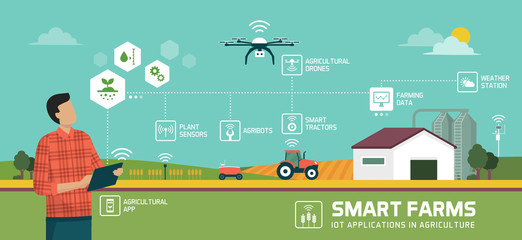
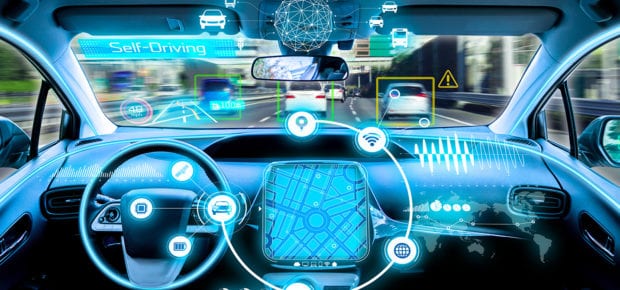
Smart Automobile
Today, life without any means of transportation is impossible to think of. At the same time, the ever-increasing number of vehicles on road leads to various incidents. Using an IoT-based vehicle can eradicate some of the fatal incidents in car crashes. The IoT will not allow to switch on the ignition unless seat belts are put on, deploy a gas sensor to detect if the driver is drunk, an alert system can be deployed to get the GPS of vehicle in case of accidents.
IoT in Industries
Industrial IoT is described as the IoT that is used across several industries like logistics & transportation, oil & gas, mining & metals, manufacturing, aviation, etc., and most of them are about automation and optimization. The data of industrial IoT can directly be used on the manufacturing floor, and to drive Artificial Intelligence and predictive analysis. It dramatically improves operating efficiencies. In case a machine goes down, the sensors connected with it detects where the issue is occurring and trigger a service request.

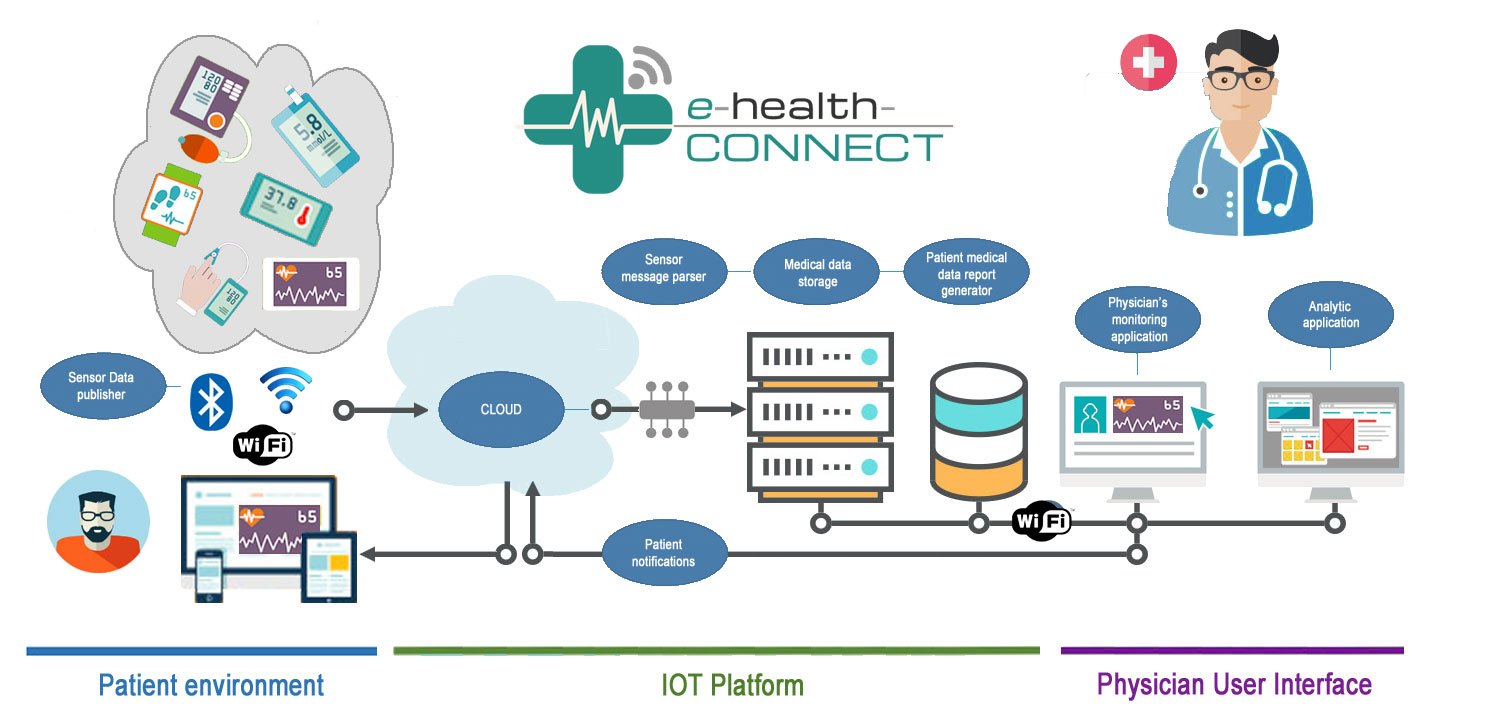
E-Health
In today’s world, health is the most important asset of an individual. Taking good care and performing regular health checkups is a must. The Internet of Health Technology (IoHT) is very much valuable for physicians and patients as it is applied to various medical fields. Our IoT enabled health instruments are built using wireless technologies and Artificial Intelligence platforms to simplify the diagnosis and treatment process, enhance patient and caregiver convenience, and apart from that also meet stringent regulatory norms.


Top IOT Trends
The idea and implementation of IoT has been in existence from a long time but the recent advances in technologies have made it practical on ground. The global pandemic COVID19 is a huge reason that many companies, factories, hospitals, etc., have implemented the IoT technology to their business to save costs and to avoid human interference as far as possible.


Want to get the latest Updates?
Project Documents


